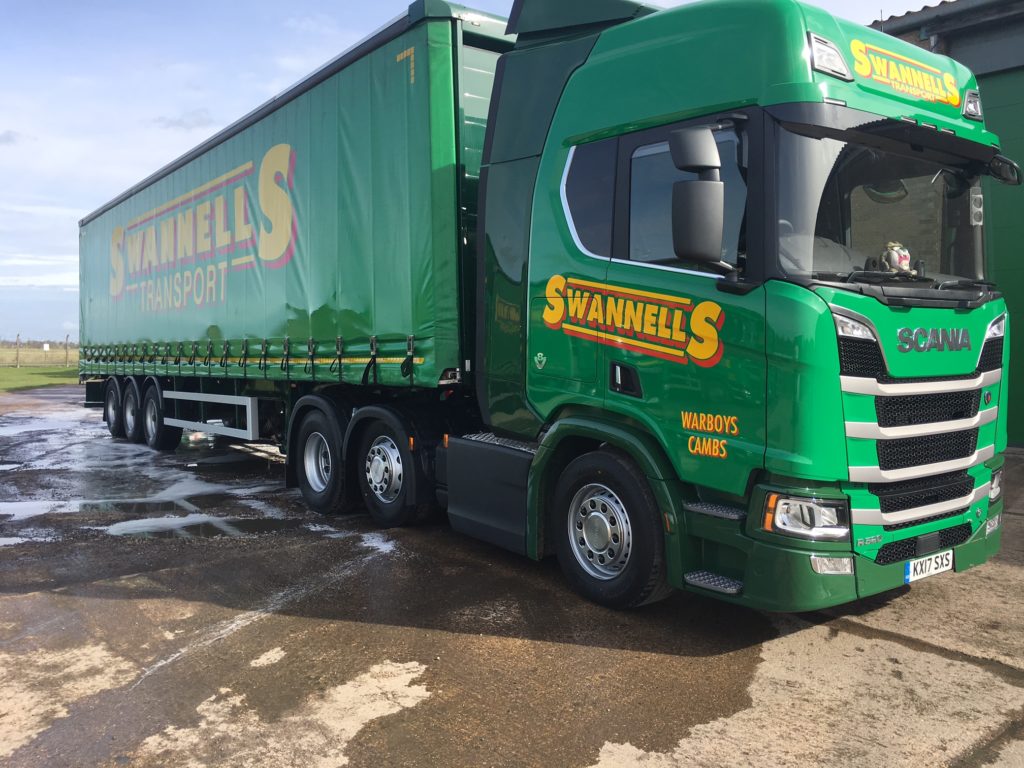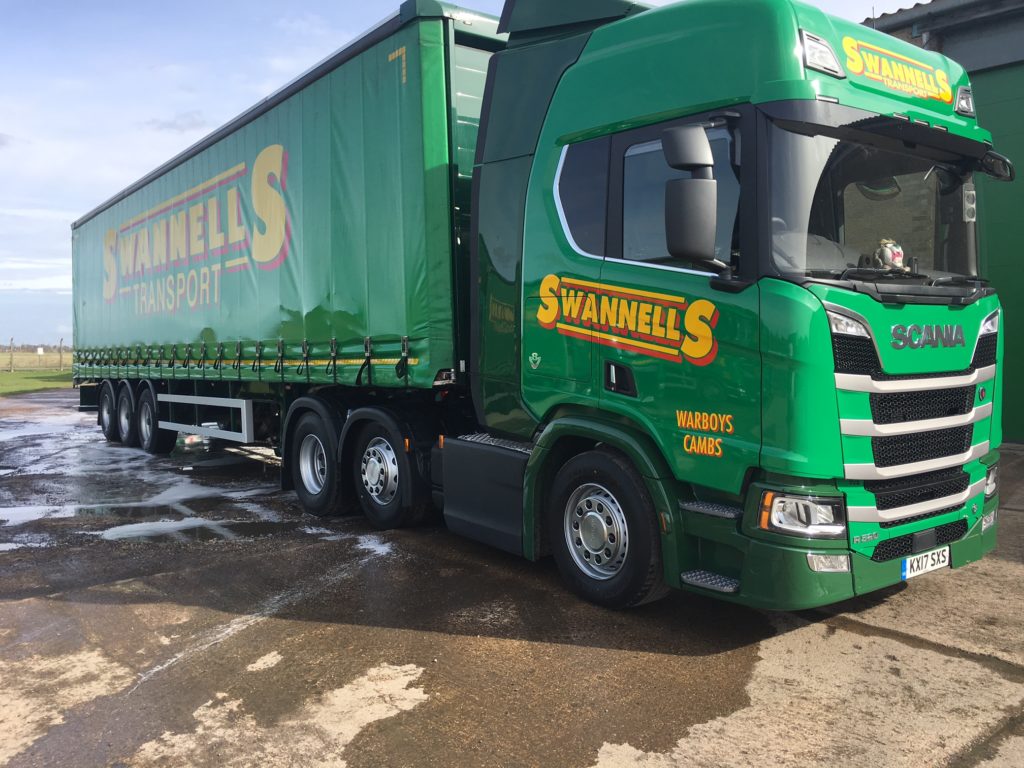HGV (Heavy Goods Vehicle) Drivers are highly trained to drive a vehicle up to ten times the size of yours. We carry a large amount of heavy and important goods to deliver to a customer. Whilst we are in a rush to make the delivery in time, an HGV driver is mostly concerned with the safety of those they drive with. It’s no surprise that every year accidents occur regarding lorries and vans making deliveries, and while it is our responsibility, there are a few ways you, as a car-driver, can help prevent and decrease these accidents.
As professional hauliers, we want to offer you the best advice – So, as well as the offering of distribution and warehousing in Huntingdon and Cambridgeshire, we want you to understand the wishes of an HGV driver regarding the fellow drivers out there. As it is a huge vehicle, consider the fact that we need to be ten times more careful and aware of our surroundings than you, because we don’t want to cause an accident.

Distribution and Warehousing in Huntingdon and Cambridgeshire
As a result of this, here are our please’s and thank you’s of an HGV Driver i.e. things we please ask for you to remember, you will thank us later…
Please don’t park inappropriately
As a small vehicle, you can park more or less anywhere. All we ask of you is that you consider other drivers, including us and emergency service vehicles, that your space is appropriate. What we mean by this is it doesn’t cause too much obstruction for passing vehicles or even pedestrians. Therefore, please do not park on opposite junctions (unless it is completely safe to do so) or park anywhere that will block us large vehicles from passing by, as it can significantly disrupt our delivery schedule. Thank you…
Please keep a safe distance
Particularly on roads like motorways, there have been times where we have come across vehicles driving closely behind our Heavy Goods Vehicles, also known as tailgating. This can be extremely dangerous for the vehicle tailgating because if we suddenly need to break, you won’t have an efficient amount of time to react and stop your vehicle within safe time, and as an extraordinarily huge and heavy vehicle, your small engine probably wouldn’t stand a chance running into the back of us.
Additionally, as a larger vehicle we have larger blind spots, meaning that due to the long length of our load, we probably wouldn’t be able to see you if you were tailgating us. This gives you much more reason not to drive too close as 1) there is a chance we could break suddenly and even after checking our mirrors you can still be in harms way and 2) the purpose of your tailgating would be completely unnecessary, as we can’t even see you to feel the slightest intimidation or pressure. So PLEASE be safe and keep an efficient separation distance from us. Thank you…
Please understand that we are also in a rush

Please take your time…
You might be in a rush to work, an appointment or to meet friends, and whilst your social life will be much important to you than our delivery, we please ask you to understand the fact that we too are also in a rush. We may not seem it because we are still driving below the speed limit and taking our time, but providing a successful delivery accurately on time is a huge priority to us. However, it is not our main priority – that is, in fact, the safety of the load, the driver, and the vehicles around the HGV. So whilst we are “taking our time” and “disrupting” yours, we are also taking great consideration into your safety and trying our best to prevent an accident. Thank you…
Please share lay-bys
Us HGV Drivers have strict rules requiring us to have a regulated break after four and a half hours of driving, and when the majority of our journey is taken up on motorways and dual carriageways, usually our only chance of a break is to park in a lay-by and relax. Lay-bys are ideally the easiest option for a large vehicle, as it is probably the most legal and safest place for an HGV to park. Now, we aren’t demanding our own territory here, as other cars and vehicles also have the rights to a lay-by in case of an emergency, but all we ask is to share. Furthermore, often when drivers approach a lay-by, they come across a car parked right in the middle of one, completely obstructing our rights to access. So please ensure you are parked with plenty of room (and more) for other vehicles to get through. Thank you…
Please indicate

Indicating Vehicle
Finally, please indicate your direction clearly to us. Whether you are in behind, in front or next to us, it is important you communicate with us where you are intending to go, so we can prepare and aren’t introduced to any surprises. Doing this genuinely keeps us at ease when driving, as we have a lot of pressure on us anyway. Failure to do so risks causing an accident or a slight scare for us, so please help us out. Thank you…
Here at Swannells Transport, we are a team of experienced individuals offering distribution and warehousing in Huntingdon and Cambridgeshire. We aim to offer excellent service, customer service and take responsibility for our actions – that is why we want a safe and easy ride, here was our advice to do so.
Thank you for reading.








